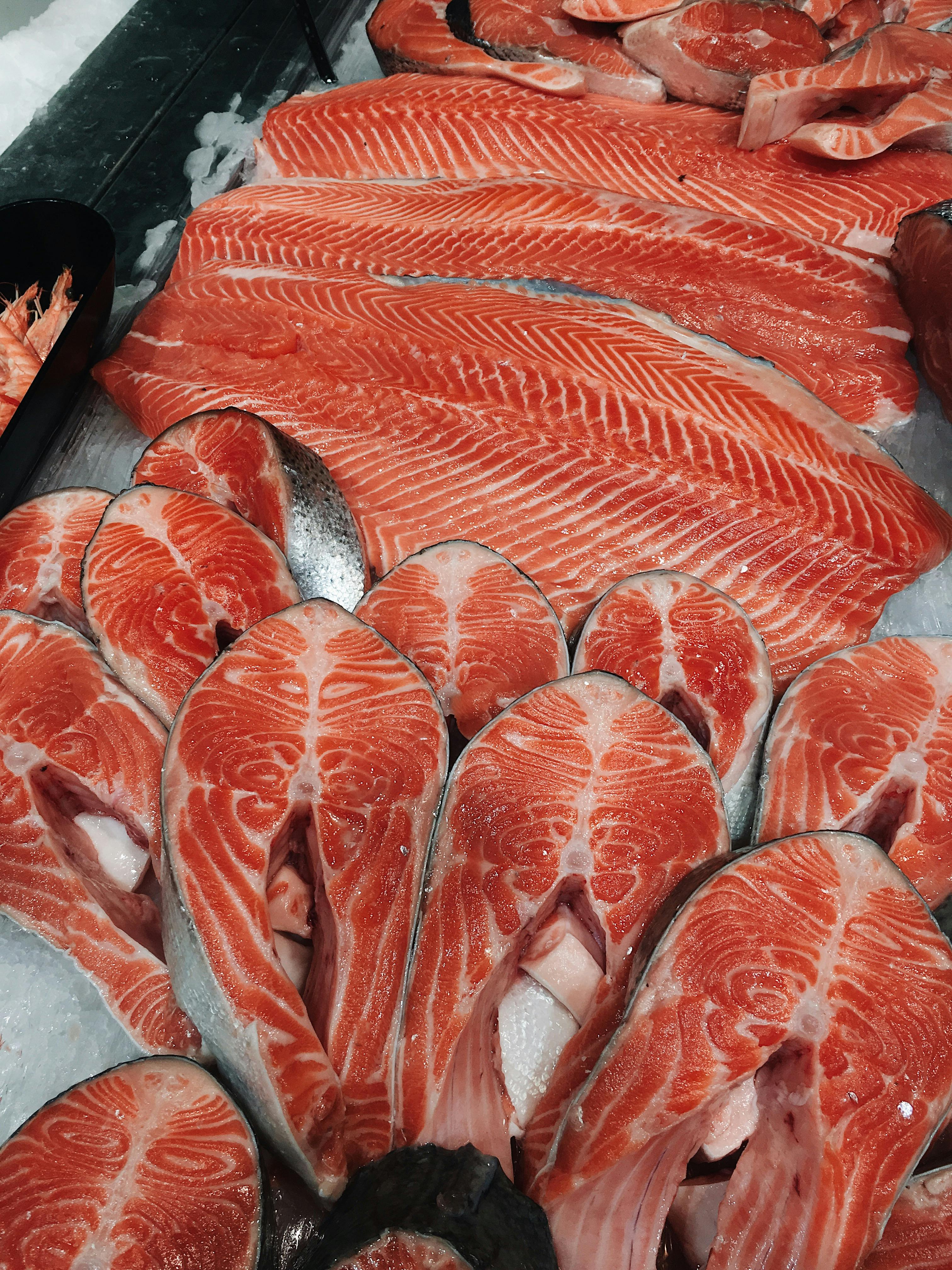
Essential Guide to Understanding Keto Rash in 2025
The keto diet, known for its low-carbohydrate and high-fat approach, has gained immense popularity in recent years for its potential to aid weight loss and improve health markers. However, alongside its benefits, some individuals may experience unexpected skin reactions, a condition commonly referred to as keto rash. Understanding keto rash is crucial for those starting this diet, as it can affect not only the physical appearance but also a person's emotional well-being. In this guide, we will explore the causes, symptoms, treatment options, and preventive measures for keto rash, providing a comprehensive resource for anyone navigating this dietary journey.
As you dive into this essential guide, you will discover:
- Common symptoms and appearance of keto rash
- Effective treatment and management strategies
- Dietary tips to prevent keto rash
- Insights into when to seek medical advice
Let’s embark on this journey to demystify keto rash and learn how to maintain healthy skin while enjoying the benefits of the keto diet.
Understanding the Symptoms of Keto Rash
Recognizing the symptoms of keto rash is the first step in managing this condition effectively. Keto rash typically presents itself as a red, itchy rash that can occur anywhere on the body, although it most often appears in skin folds, such as under the breasts, on the belly, or in the groin area. The appearance of keto rash can vary from person to person, with some experiencing small, pimple-like bumps, while others may have more widespread redness and irritation.
Many individuals also report symptoms such as itching and discomfort, which can be bothersome, particularly when adjusting to the keto diet. The rash may worsen if not addressed promptly, leading to increased irritation. It's essential to identify these symptoms early on, as this can significantly influence the healing time and management strategies employed.
In some cases, individuals may confuse keto rash with similar skin conditions, such as eczema or hives. Understanding these differences is vital for correct diagnosis and treatment. For those on a keto diet, distinguishing keto rash from eczema or hives helps direct appropriate care strategies and products used for relief.
When observing any unusual skin reactions, the best course of action is to take a proactive approach to skin health. Maintaining a skincare routine that emphasizes moisture and protection can aid in preventing further irritation.
Building on these fundamentals, let's delve into the causes behind keto rash.
Causes of Keto Rash
Exploring the underlying causes of keto rash is essential in understanding why some individuals may experience this skin reaction while others do not. One primary factor contributing to keto rash is the body's metabolic adjustment to ketosis. When transitioning to a ketogenic state, the body undergoes significant changes as it fights inflammation and adapts to using fat for fuel. This metabolic shift can sometimes lead to skin irritation and rashes.
Another contributing factor is the change in dietary intake, particularly the increase in fat consumption, which can sometimes burden the liver and cause skin reactions. For some, the types of fats consumed may trigger allergic or inflammatory responses that manifest on the skin.
Additionally, dehydration often accompanies a low-carb diet, as the body expels excess water in the process of adjusting to ketosis. Without adequate hydration, the skin can become dry and irritated, exacerbating the appearance of a rash. Therefore, staying hydrated can help minimize the risk of keto rash.
Surprisingly, certain food allergies or sensitivities can also be at play. Some individuals may find that specific keto-friendly foods trigger allergic reactions or inflammation that leads to keto rash development. Keeping a food journal can help identify potential triggers.

With these fundamental causes in mind, let’s explore how to treat keto rash effectively.
Keto Rash Treatment Options
When it comes to treating keto rash, several options are available that can provide relief and support skin healing. One of the most effective treatments is the application of topical creams developed specifically for rashes. These creams often contain ingredients aimed at reducing inflammation and relieving itching, which are commonly associated with successful rash management.
In cases where the rash is severe, consulting with a healthcare provider may lead to the prescription of topical steroids that can help reduce inflammation and offer quicker relief. Over-the-counter hydrocortisone cream is also a popular choice for many individuals dealing with minor irritation.
Beyond topical treatments, incorporating natural remedies can also play a significant role in managing keto rash. Many individuals have found success with home remedies such as aloe vera gel, which is renowned for its soothing properties. Applying aloe vera can provide cooling relief to irritated skin, aiding in recovery.
Another effective approach involves avoiding known irritants, which can help prevent the rash from worsening. Gentle, fragrance-free soaps and moisturizers are beneficial in maintaining skin hydration without exacerbating irritation.
It's also paramount to modify dietary habits as part of keto rash treatment. Ensuring a balanced intake of healthy fats, maintaining hydration, and potentially eliminating any suspected allergic foods can profoundly affect rash healing.
Following this discussion of treatment, let’s "translate" these concepts into preventive measures to protect against keto rash.
How to Prevent Keto Rash
Preventing keto rash requires a proactive approach that involves both skin care and dietary choices. Focusing on hydration is one effective strategy; drinking adequate water can not only aid the body in adjusting to the keto diet but also help maintain overall skin health. Aim for a minimum of eight glasses of water a day, adjusting based on individual needs.
Another key preventive measure is skincare. Using gentler, hydrating products on the skin can help support skin health during the transition phase of the keto diet. Look for moisturizing creams containing ingredients like hyaluronic acid and glycerin to restore moisture effectively.
Regularly exfoliating your skin can also minimize the buildup of dead skin cells that might exacerbate irritations. However, it is essential to avoid over-exfoliating, which can damage the skin barrier and increase sensitivity.
Adjusting your keto diet may also benefit skin health. Consider sticking to foods that are less likely to trigger allergic reactions, such as avocados, olive oil, and fatty fish. Keeping a 'food diary' can help identify any food-related triggers for skin issues.
Taking time to understand your body's responses to dietary changes can guide your journey, helping you manage your experience more effectively.
When to See a Doctor for Keto Rash
While many cases of keto rash can be managed at home, it's essential to know when to seek medical attention. If the rash continues to spread or intensifies despite treatment efforts, a consultation with a dermatologist is advised. Additionally, if the rash is accompanied by other concerning symptoms such as fever, severe itching, or swelling, seeing a doctor is critical.
Dermatologists can provide in-depth assessments and recommend suitable treatments, which may include prescription medication or further testing if a serious underlying issue is suspected. Individuals with pre-existing skin conditions or those with a history of allergies should consider consulting a healthcare provider upon experiencing the rash.
Understanding your body's response to dietary changes can help in determining whether a rash is simply a nuisance or something requiring professional intervention.
Keto Rash Recovery Time
The recovery time for keto rash varies significantly among individuals based on the severity of the rash, treatment methods used, and adherence to preventive measures. Typically, mild cases of keto rash can improve within a few days to a week with proper care, while more severe rashes may take longer to heal.
Implementing effective treatment strategies, maintaining a balanced keto diet, and staying hydrated play crucial roles in speeding up recovery. Individuals who take a holistic approach, taking care of both their skin and nutritional needs, will likely experience a faster healing time.
Regular monitoring of the rash allows individuals to track progress, making necessary adjustments in care and diet along the way. Understanding that every person's experience with keto rash may differ is essential, as factors such as skin sensitivity, existing skin conditions, and specific dietary triggers can all impact recovery.

Common Myths About Keto Rash
As with any condition, several myths surround keto rash that may cause confusion. One common misconception is that keto rash is a severe allergic reaction. While it can be caused by dietary changes, it typically does not indicate an extreme allergy response. Rather, it’s often related to the body adjusting to metabolizing fats and changes in hydration levels.
Another myth is that all individuals on a keto diet will experience keto rash; in reality, it's quite variable, with many people not experiencing any skin issues at all. The severity of keto rash can depend on multiple factors, including individual susceptibility and adherence to the diet.
Some believe that keto rash is an inevitable side effect of starting a low-carb dietary plan. However, with a better understanding of skin health and preventive strategies, many can navigate the diet without experiencing rash problems.
Understanding these myths is crucial for individuals beginning their keto journey, helping them manage expectations and recognize when they might need professional support.
Conclusion
In conclusion, understanding keto rash is essential for anyone embarking on the keto diet. By being aware of the symptoms, causes, and effective treatment options, individuals can take informed steps to protect their skin health while enjoying the benefits of their dietary choices. Implementing preventive measures can significantly reduce the chances of developing keto rash, ensuring a positive experience on the journey towards achieving health and weight loss goals. If you suspect a keto rash, remember to keep track of your symptoms and seek medical advice if necessary. Throughout your keto journey, prioritize skin health to enjoy the diet's rewards fully.
```